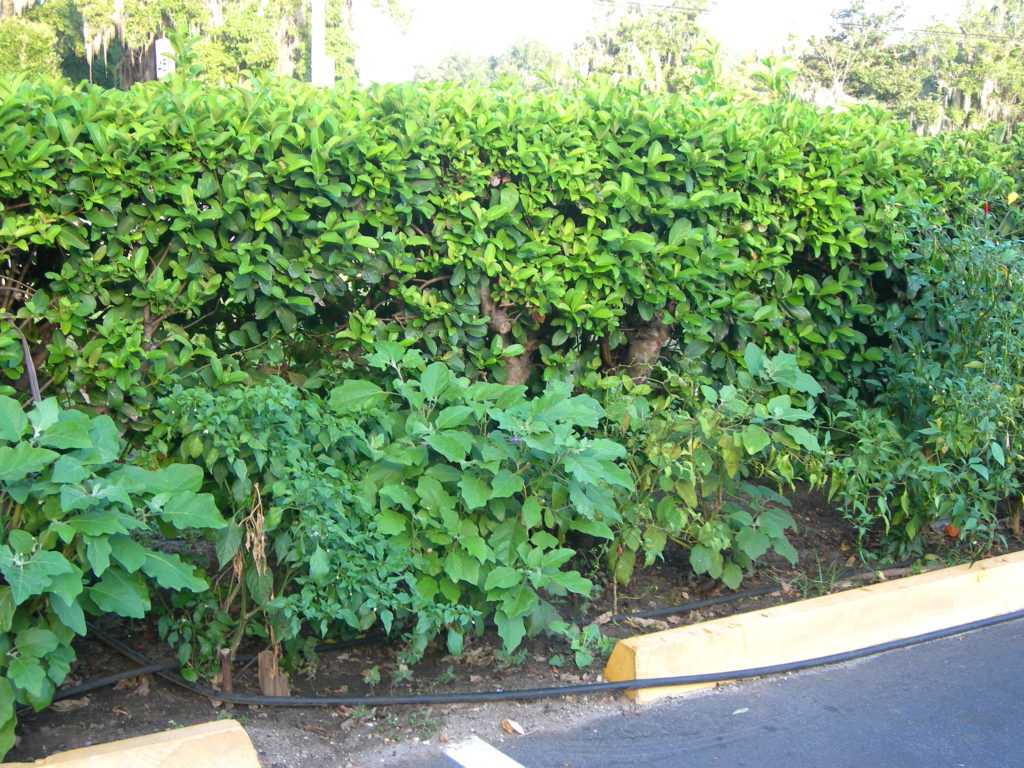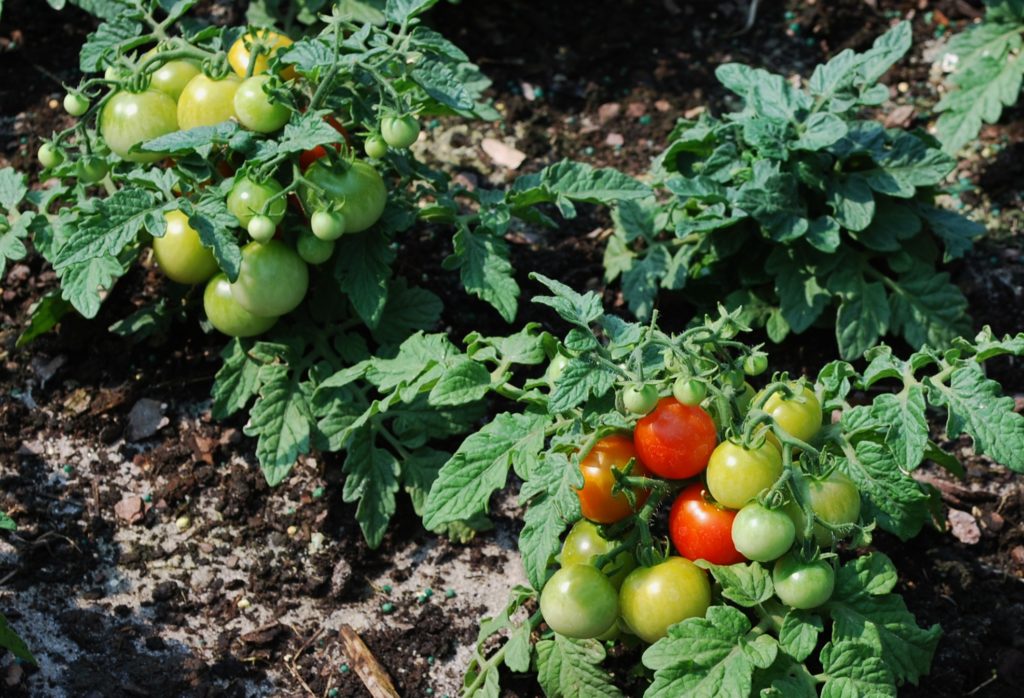It will soon be time to plant a vegetable garden. But whether this year’s garden is your first or you’re an expert, it is a good idea to take the time and plan the veggie garden visually, either digitally or on traditional paper. Even better than a single plan, start a garden journal where plans, notes, pictures, and records of successes and failures are kept. A digital App, computer file, or handwritten book all work well.

Start your garden plan by scouting out the garden location. Choose a spot with full sun, at least 6 to 8 hours a day. The soil should be well-drained, but a water source close by prevents dragging hoses long distances or laying new irrigation lines. Gardens planted near the house make it easier for quick visits for a few minutes of weeding or sending a child to harvest a few beans for supper.
Take the time to measure the garden and draw it to scale; graph paper makes this job more manageable. Before sketching the rows or blocks, spend some time with the family deciding what veggies to grow. Let each child choose a favorite and plant what you and your family love. Check seed catalogs and University publications for the suitable varieties for your area, amount to plant, and proper planting dates. Make notes of each of these items on the garden plan.
Get a soil test. Soil testing is a checkup for the soil, and it can provide information on some nutrient levels, soil pH and could include such things as salinity or organic matter. Local Extension Offices offer some testing for pH on-site and can provide information for soil testing by the local state university. Also, many plant nurseries offer soil testing in cooperation with soil and/or fertilizer vendors.

Warm-season gardeners often have difficulty finding seeds for their gardens in the fall when it is time to plant the major garden. Here are a few that usually ship all year and have selections suitable for warm locations. Please note no endorsement is intended or slight for any supplier not mentioned: Seeds for the South, Tomato Growers Supply, Reimer Seeds, Seeds of Change, Eden Organic Nursery Services, Inc., Victory Seed Company, and Territorial Seeds.
A few considerations:
- Plan to plant a few veggies every week throughout the season; this practice ensures a fresh supply of young tender vegetables for regular harvesting.
- Most gardeners and experts say run rows north and south to take full advantage of the sun.
- Plan to mulch the garden to conserve water and suppress weeds; I like clean hay for veggie garden mulch which can be left on the garden at the end of the season.
Plan your garden to fit your needs. A small garden can produce a lot of vegetables. However, a few extra plants can make a difference in a friend’s or other family’s life. Garden generously, plant a few extra seeds, and take the additional veggies to a neighbor, local shelter, or food pantry. Fresh veggies are sometimes challenging to come by and always very much appreciated.
This article first appeared in the Treasure Coast Newspapers.
Leave a Reply